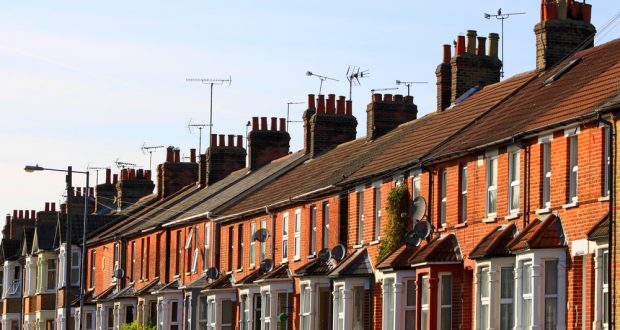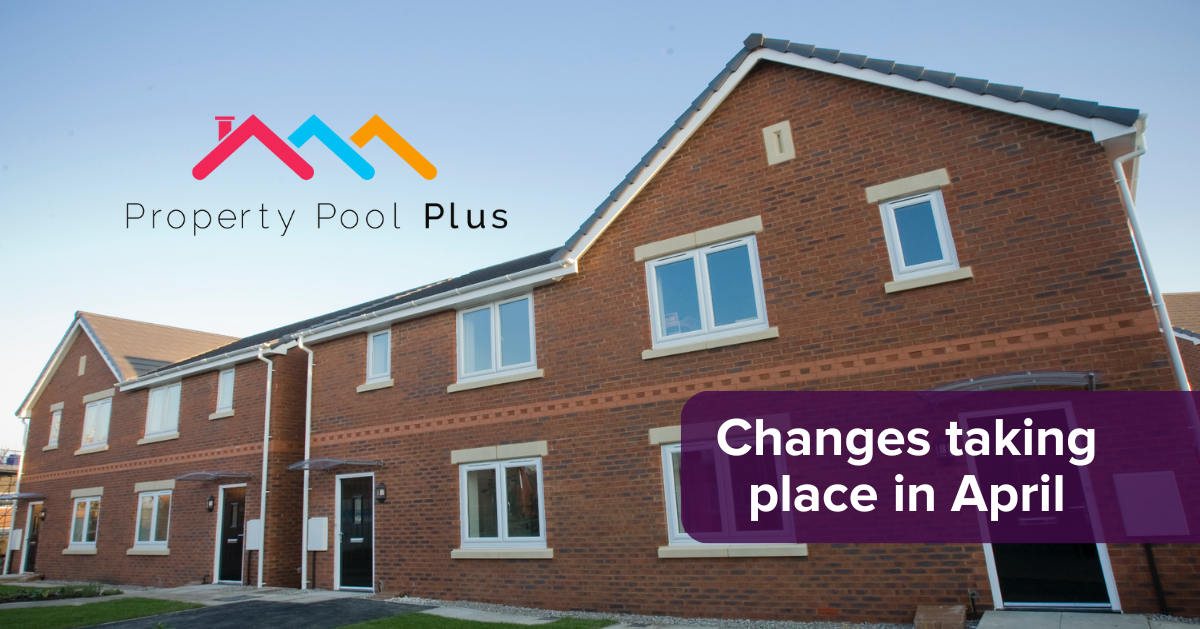The housing benefit freeze UK is a critical issue impacting thousands of renters across England and the wider UK in 2025. This government policy has kept Local Housing Allowance (LHA) rates—the maximum amount renters can claim—unchanged for several years, despite rising rental costs. For low-income families and individuals relying on housing benefits, this freeze has widened the gap between the financial support they receive and the reality of soaring housing prices. This article explores the origins of the freeze, its effects on renters, available support mechanisms, and the broader housing market context.
Understanding the housing benefit freeze UK is essential for tenants navigating today’s challenging rental market. As the UK housing sector faces pressure from high demand and limited affordable supply, the freeze places additional strain on those least able to absorb rising costs. In 2025, many households dependent on housing benefits are forced to make tough choices—between paying rent or covering other essential living expenses.
What Is the Housing Benefit Freeze UK?
The housing benefit freeze UK refers to the government’s policy of maintaining Local Housing Allowance rates at the same level since 2020. LHA rates determine the maximum housing benefit private renters can claim, based on local rental market rates. By freezing these rates, the government intended to control public expenditure but has inadvertently made it more difficult for renters to cover their housing costs as rents have increased.
This freeze has persisted for several years and is currently expected to last until at least 2026. The policy affects a broad range of renters, including those in privately rented homes and tenants living in properties managed by housing associations such as Clarion Housing, Sanctuary Housing, and Together Housing. Despite the policy’s cost-saving aim, it has deepened housing insecurity for many, as rental prices continue to rise without a corresponding increase in housing benefit.
Impact of Housing Benefit Freeze UK on Renters and Low-Income Families
The consequences of the housing benefit freeze UK are severe, especially for low-income renters. With LHA rates stuck, many find themselves unable to meet full rent payments, leading to arrears, evictions, or worse, homelessness. This freeze particularly impacts families with children and vulnerable individuals, as housing costs represent a significant portion of their limited income.
Housing associations and council housing provide some support, but demand far outstrips supply. Organisations such as Sovereign Housing, Platform Housing, and Anchor Housing are often stretched thin trying to accommodate increasing numbers of households affected by the freeze. For many, the housing benefit freeze exacerbates financial instability, forcing difficult decisions and increasing reliance on food banks, charity support, and discretionary payments.
Understanding Discretionary Housing Payments and Other Support

In response to the challenges posed by the housing benefit freeze UK, many renters seek help through discretionary housing payments (DHPs). DHPs are additional funds that local councils may offer to those struggling with housing costs beyond what housing benefit covers. However, these payments are discretionary and subject to local council budgets, meaning not everyone who needs help will receive it.
Housing associations and local authorities such as the Housing Executive and Citizen Housing play a vital role in advising tenants about DHPs and other support options. Tenants can also use online housing benefit calculators to check their eligibility and understand the potential shortfall in their rent payments. While DHPs can ease immediate pressure, they are not a long-term solution to the problems created by the housing benefit freeze UK.
The Broader UK Housing Market Context and Housing Benefit Freeze UK
The housing benefit freeze UK cannot be viewed in isolation from the overall state of the UK housing market. Rental prices continue to rise steadily, driven by limited housing supply, especially affordable housing units and council housing options. This imbalance creates significant challenges for renters relying on benefits to secure suitable accommodation.
Housing associations like Clarion Housing, Sanctuary Housing, and Housing Jigsaw often provide affordable housing options but struggle with increasing demand. Many tenants look for alternatives, such as housing association bungalows to rent near me, but availability is limited. The freeze, therefore, amplifies existing pressures on the housing system, pushing more families toward poverty and housing insecurity.
Possible Solutions and Future Outlook for Housing Benefit Freeze UK
There is growing pressure from housing advocates, charities, and local governments to end the housing benefit freeze UK. Campaigns led by organisations such as Shelter England call for the government to increase LHA rates in line with current market rents. Ending the freeze would help close the gap between housing benefits and rental prices, reducing the risk of homelessness and improving housing stability.
The future outlook depends heavily on political will and policy reform. If the freeze continues beyond 2026, low-income renters and families may face worsening conditions. Meanwhile, housing associations including Together Housing and Sovereign Housing continue to provide support, but systemic change is essential to create long-term solutions. Renters affected by the freeze are encouraged to seek advice and explore all available support.
Conclusion
The housing benefit freeze UK presents a substantial challenge for renters and low-income families in 2025. With Local Housing Allowance rates frozen amid rising rents, many struggle to afford suitable homes, leading to increased housing insecurity. While discretionary housing payments and support from housing associations offer temporary relief, a more sustainable solution requires urgent government action to adjust housing benefit rates. Staying informed and accessing available help is crucial for those affected by this ongoing freeze.
Bullet-Point Summary: Housing Benefit Freeze UK
- The housing benefit freeze UK has kept Local Housing Allowance rates fixed since 2020, despite rising rents.
- Renters relying on housing benefit face increasing financial pressure as housing costs outpace support.
- Low-income families and vulnerable individuals are disproportionately affected, risking homelessness and poverty.
- Discretionary housing payments offer some relief but are limited and vary by local authority.
- Housing associations like Clarion Housing and Sanctuary Housing provide support but struggle with demand.
- The freeze compounds wider UK housing market challenges, including limited affordable housing availability.
- Campaigns call for ending the freeze to reflect current rental prices and improve tenant stability.
- Tenants should use housing benefit calculators and seek advice from local housing providers.
- The future depends on policy reforms to increase housing benefit rates beyond 2026.
- Awareness and proactive action are essential for renters impacted by the housing benefit freeze UK.
You may also read: What Are Wet Wall Panels Edinburgh and Why Are They Popular?




